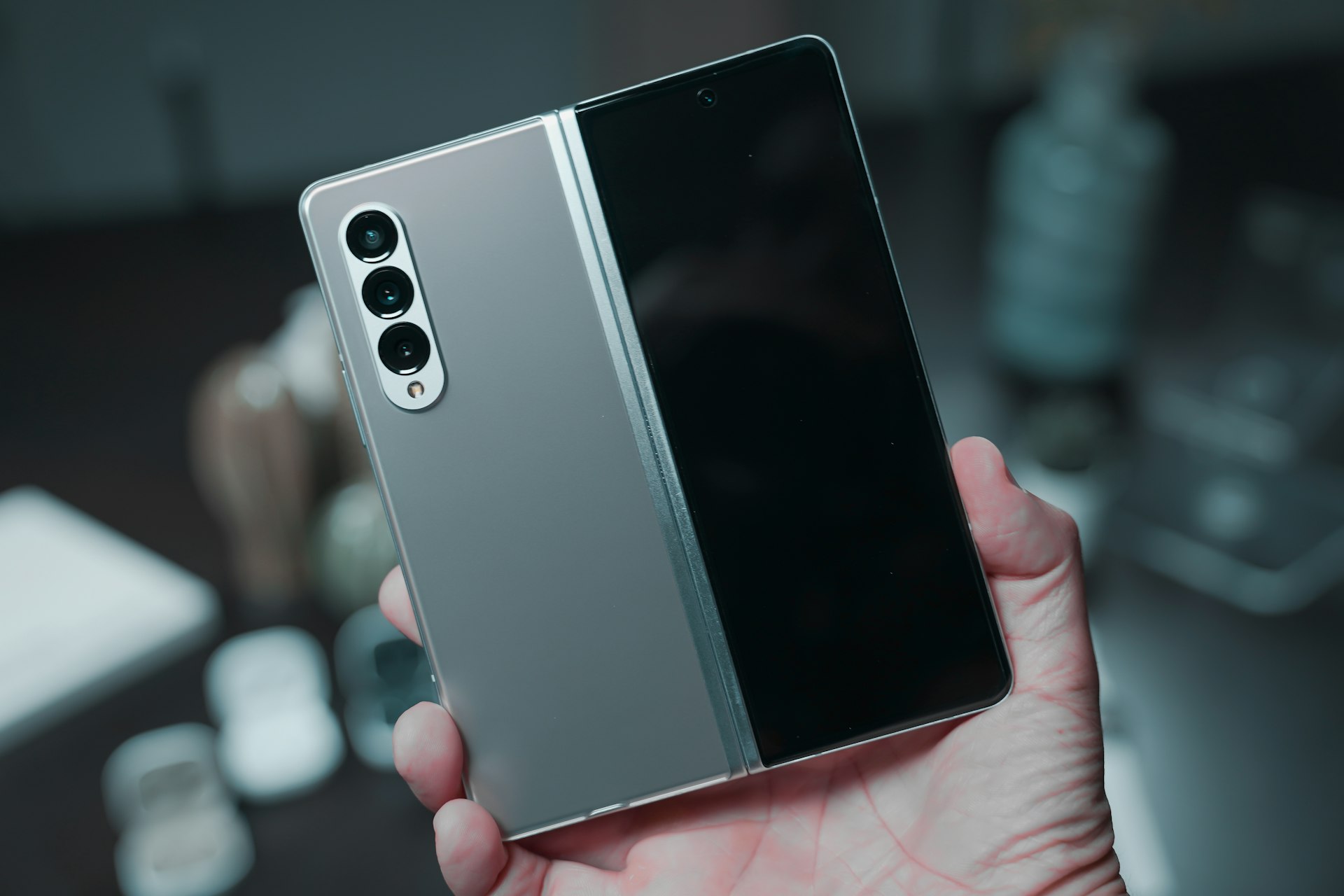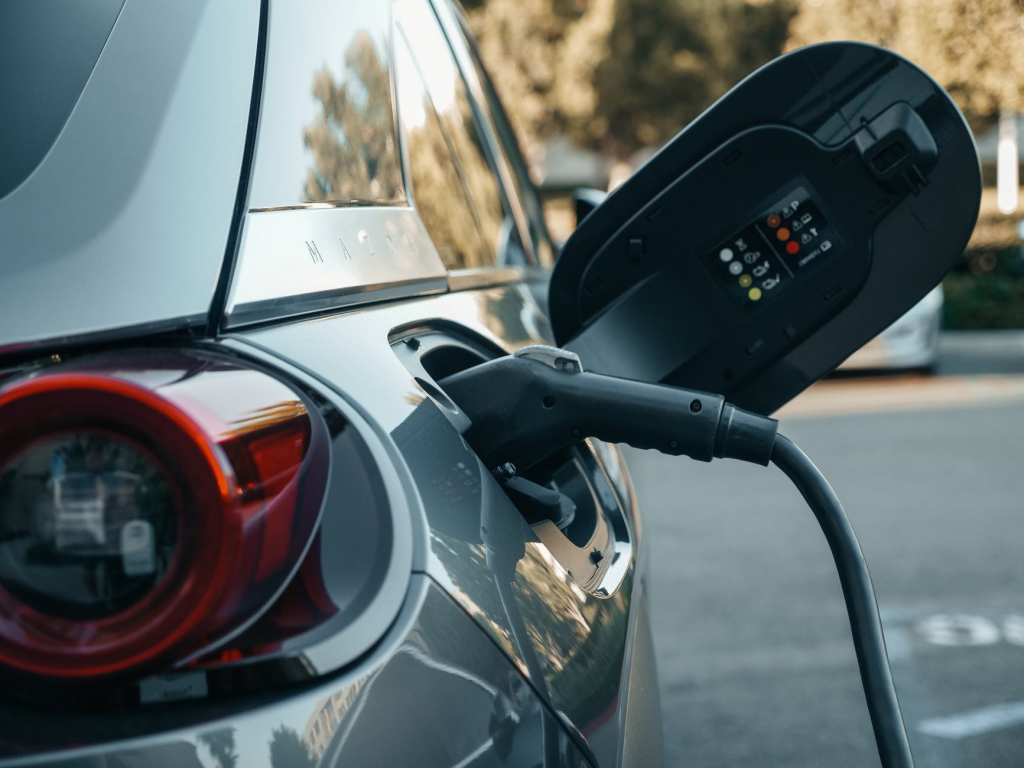Threads is finally a reality. An app from the Instagram team that is designed to become the new Twitter. And it’s being launched at a perfect moment.

Threads is finally a reality. An app from the Instagram team that is designed to become the new Twitter. And it’s being launched at a perfect moment.

Apple’s new Vision Pro headset is a major step forward for augmented reality, but it’s full of limitations. It allows users to interact with apps in the real world, but it’s bulky, and it uses a tethered connection to a battery pack. As I was watching the presentation, I couldn’t stop thinking that Apple is being held hostage by its own five-year-old business plan.
Six months. That’s the time I have enjoyed (and disliked) my first foldable smartphone. I’m going back to the slab form factor. I feel disappointed and even defeated; I truly tried to make it work, but the issues I detected one month after buying the Samsung Galaxy Z Fold4 eventually became a dealbreaker for me.
I recently stumbled upon a rather controversial post written by a former manager who worked at Microsoft’s AI Platform division from 2021 to 2022. The post defended the thesis that merit is undermined by diversity and inclusion efforts at Big Tech companies. The writer used factual information and sadly twisted it until it matched his false narrative. So today I’m going to dissect his article and explain how this person totally missed the point of all the training he received. Buckle up, because this is going to be a bumpy ride.
Continue reading “Debunking diversity and inclusion myths in Big Tech”When I started using the new Samsung Galaxy Z Fold4 —my first foldable device—, I was convinced that folding phones were going to be the next big thing. I thought that over the next few years most people would end up with a foldable smartphone. Now, a bit over a month into using one myself, I’m not so sure anymore.

The electrification of the car industry is still in its baby years, and yet we should already be thinking of what will happen in a few years, when millions of electric vehicles (EVs) start getting retired.
In 2021, EV sales more than doubled to 6.6 million, representing close to 9% of the global car market and more than tripling their market share from two years earlier [1]. Assuming that the average lifespan of an EV battery pack is 10 to 15 years, we will soon start seeing the first electric cars getting retired.

Facebook is now Meta and the Facebook app is now part of the metaverse. Mark Zuckerberg introduced a rebranding of the parent company that owns properties like Instagram, WhatsApp or Oculus, and at the same time introduced the world to their vision of the future, the metaverse.
Regardless of whether or not you saw Meta’s presentation video, you might be wondering what the metaverse actually is. Is it a mix of virtual reality (VR) and augmented reality (AR) devices and apps? Is it a development platform where content creators can create VR/AR experiences? Is it an actual virtual place where users can go online to meet other like-minded people?
Continue reading “Unboxing the metaverse”As an iPhone owner since 2013, the announcement of the next iPhone is usually an exciting moment for me. To be more precise, the anticipation leading to the announcement is what’s stimulating; the actual moment of truth tends to be disappointing since 2017. About a year ago, I wrote about how there has not been any dramatic change since the introduction of the iPhone X. The 2021 iPhone, rumored to be called iPhone 13, will not change that trend if all the leaks get confirmed next month.
This made me look towards the Android ecosystem, where some inspiring changes are happening while iPhone power users yawn. Top examples of this are Samsung’s folding devices, like the newly announced Fold3 and Flip3, and Google’s futuristic AI features, namely the on-device speech recognition on the new Pixel 6 or Duplex’s ability to make and receive calls for you.

Steve Jobs introduced the iPad in 2010 as a consumption device, a tablet to browse the web, watch a movie, read a book, you get the idea. Certain productivity tasks, like writing documents, painting or composing music, also adapted well to the touch-only interface and over time, the iPad became a versatile tech product.
For years, Apple has defended the idea that a single customer can benefit from owning both an iPad and a MacBook, using them in different scenarios but bound by the same ecosystem. On one hand, an iPad was more suitable for light-weight scenarios, for those who did not want to be tied to any heavy peripherals to get things done. On the other hand, a MacBook was more convenient for sit-down scenarios with a need for processing power, the comfort of a bigger screen, the precision of a keyboard and mouse, etc.
This product distinction started blurring with the introduction of bigger iPads, accessories like the Apple Pencil or the Magic Keyboard, and more desktop-like features on iPadOS. An example of this was adding mouse or trackpad support in iPadOS 13. Taking into account all of these changes, there seems to be a secret plan from Apple to transform the iPad into something new, with features that were previously reserved for a laptop/desktop experience.
One more nail in the coffin was Apple’s recent Spring 2021 event, when it was announced that the new iPad Pro will house the new M1 chip. This new desktop-class processor allows Apple to compete with the likes of Intel or AMD. More importantly, Apple now owns the entire hardware manufacturing pipeline, reducing costs and eliminating dependencies on vendors. M1 already provides significant performance improvements to the latest line-up of Macs, and now iPads too. The new iPad Pro will also include up to 16GB of RAM, which is surprising given that these are the same tech specs of the newest MacBook Pro.
Many have started wondering, what is Apple planning to do with an iPad Pro that contains the same hardware as a MacBook Pro? Rumors and leaks have not provided much insight into what’s being cooked in Cupertino, so let’s explore the iPad’s intriguing future.

When Sony announced that the PS5 would launch in November, I decided that it was time to say goodbye to my old Xbox 360. I read a lot about preorder fiascos with previous launches, and even more about the risks of being an early adopter of a next-gen console, but I didn’t let any reading discourage me.